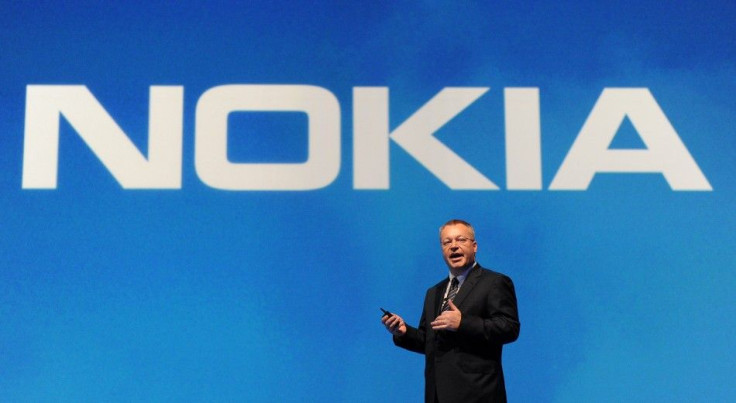Nokia’s Kinetic Device: Is This the End of Touchscreens?

At the Nokia World show in London, the Finnish company, the largest mobile phone manufacturer in the world, announced a new phone that's made to bend. The company calls it the Nokia kinetic device.
By holding the phone horizontally, users bend the phone two ways in order to cycle through the phone's menu: The first way is by shoving their forefingers into the back of the device, as if they were trying to pop the screen out. That allows the user to zoom in. Using their thumbs to bend the screen inward, as though they were trying to crack the screen allows the using to zoom out.
In order to run commands such as turning the volume up or down or to cycle through menus, the user takes the phone and bends the corners of the phone away from each other, as though the user was trying to twist the phone.
The flexible controlling apparatus is operated by a bundle of carbon nanotubes that change as they're stretched. A computer is able to process that change and understand, with great precision, how hard to zoom in or out or conduct any other level of operation.
Although the controls are certainly unique, experts aren't expecting this new technology to take over the market share of touchscreens.
It's definitely cool, but it didn't strike me as the phone of the future, said one journalist at the event in a PCMag.com report. He goes on to say that the phone display was more about showing off the material science rather than trying to generate buzz about a particular product they were preparing to ship.
Still, that didn't stop some of Nokia employees from touting the ability to control it blindly, meaning that while it was in your pocket you'd be able to navigate functions such as volume and playback. Another advantage, though not always the most important to end-users, is that unlike touchscreen technology, you can use the Nokia kinetic device with gloves.
© Copyright IBTimes 2024. All rights reserved.











